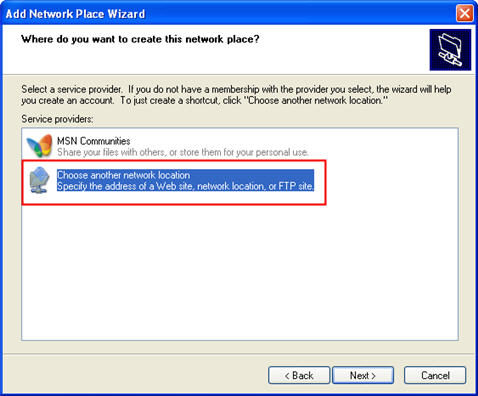

- HOW TO PROPERLY SET UP NETWORK FILE SHARING HOW TO
- HOW TO PROPERLY SET UP NETWORK FILE SHARING FULL
- HOW TO PROPERLY SET UP NETWORK FILE SHARING WINDOWS 10
- HOW TO PROPERLY SET UP NETWORK FILE SHARING WINDOWS 8.1
HOW TO PROPERLY SET UP NETWORK FILE SHARING FULL
The current best practice is actually to grant Everyone (or at least Authenticated Users) Full Control. You’ll note that the default shared folder permission is to grant the Everyone special identity Read access. The “tried and true” File Explorer method for sharing a folder in Windows Server. You then click Advanced Sharing, enable Share this folder, and click Permissions to adjust the folder’s access control list (ACL). The method that’s familiar to most Windows systems administrators is to right-click the target folder, select Properties from the shortcut menu, and navigate to the Sharing tab. In my examples, I’m running a Windows Server 2016 Technical Preview 5 domain controller, and I’ll share out a folder in the path D:scripts that contains a number of Windows PowerShell.

Changing the Microsoft account to a local account immediately fixes the problem, with no other configuration changes. Specifically, if the machine with the Microsoft account tries to access the machine with the local account, it will prompt for a username and password, and access will fail unless username and password of an actual user on the target machine are provided. As soon as one of the machines - either the one accessing the files or the one sharing them - uses a Microsoft account, it is no longer possible to access any files or folders on the other machines.
HOW TO PROPERLY SET UP NETWORK FILE SHARING WINDOWS 10
In Windows 10 and Windows 8, the same still works, but only if both machines use local accounts. In Windows 7 and Vista, I just go to Network and Sharing Center, enable file and printer sharing, disable password protected sharing, and it all works. I want to be able to share individual folders on the network, by setting them to shared through File Explorer.
HOW TO PROPERLY SET UP NETWORK FILE SHARING WINDOWS 8.1
I have a home network, with Windows 8.1 and Windows 10 machines, all in the same Workgroup.
HOW TO PROPERLY SET UP NETWORK FILE SHARING HOW TO
My question is: How to set up file sharing correctly, in a home network, with Windows 8/10, so sharing any folder with "Everyone" (File Explorer->Right click on folder->Properties->Sharing->AdvancedSharing->Share this folder) actually shares the folder with everyone, without password, even with Microsoft accounts?īefore you answer, please read on, because the trivial solution does not work if Microsoft accounts are involved.


 0 kommentar(er)
0 kommentar(er)
